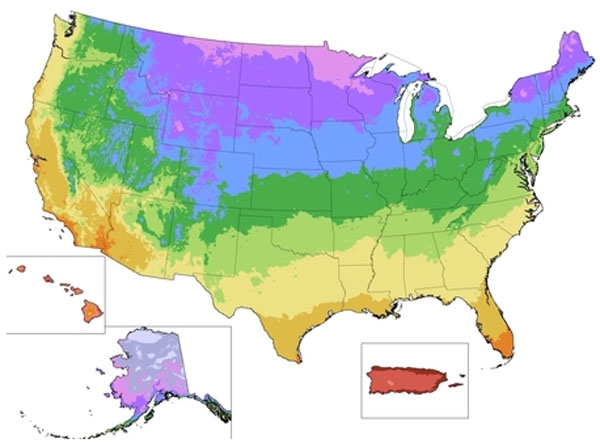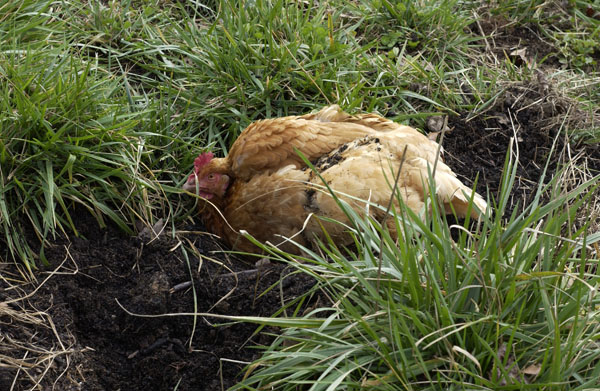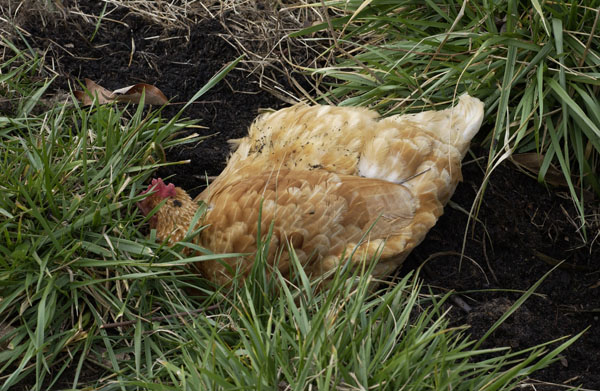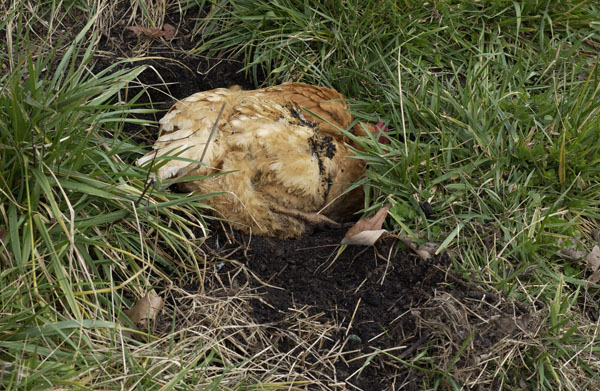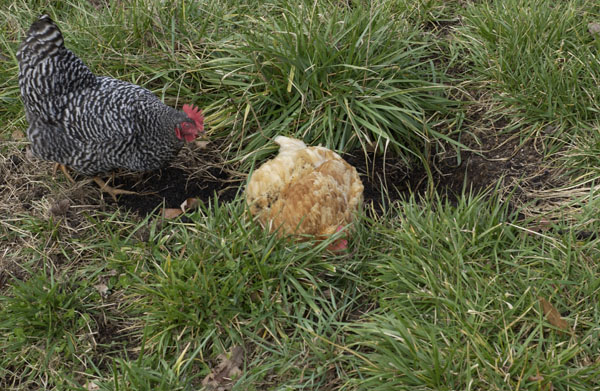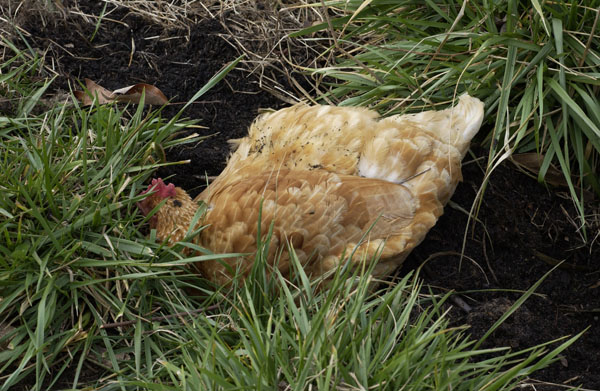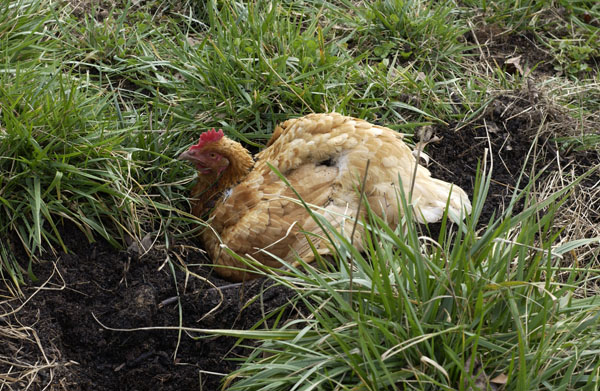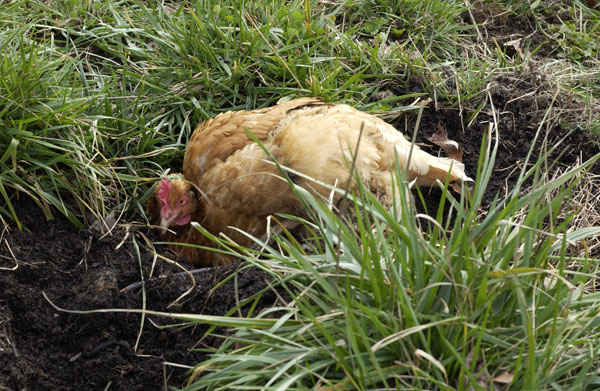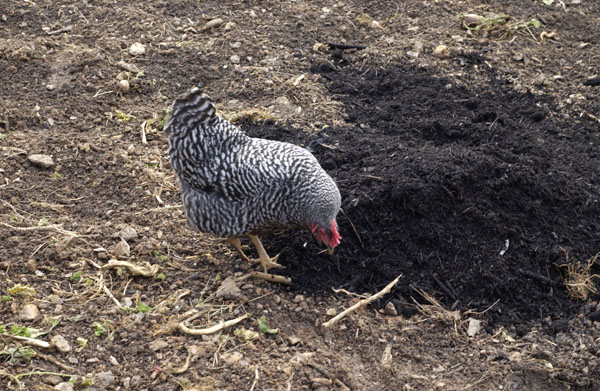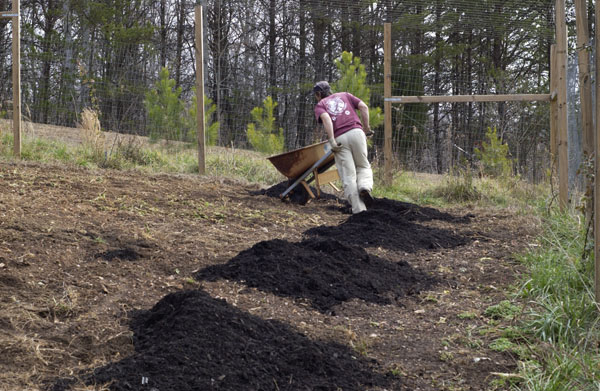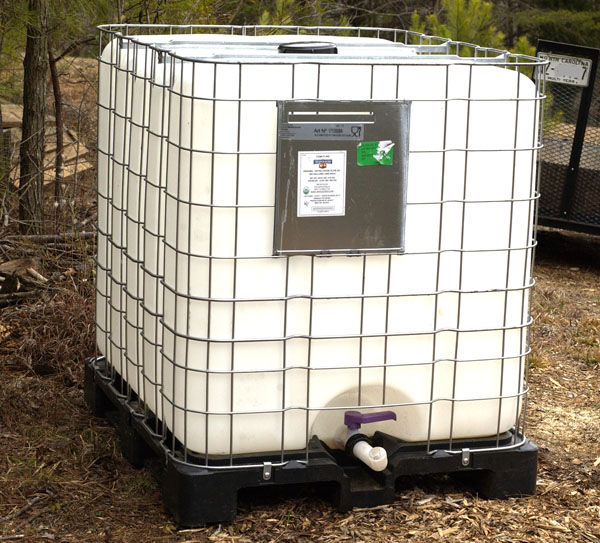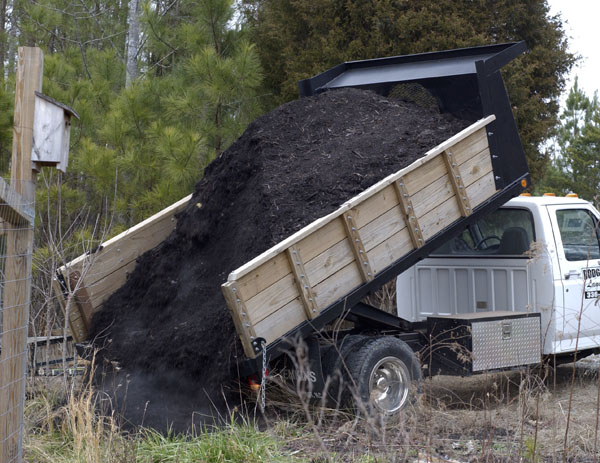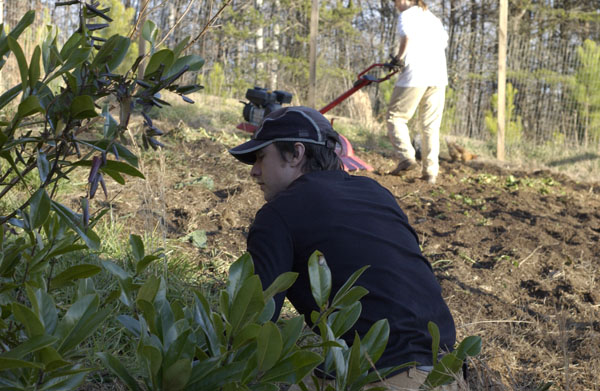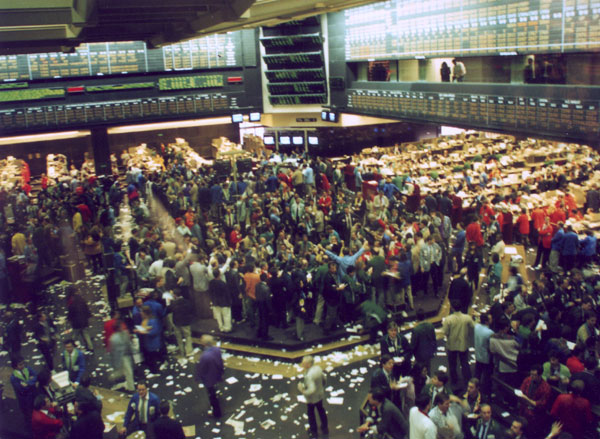
Commodities traders at the Chicago Board of Trade
If you asked a few Americans about the causes of food inflation, what answers would you get?
Ask a right-winger, or a so-called libertarian, or anyone else who lives in an ideological fantasy world, and you’ll be told that it’s the government’s fault, that’s it’s all about monetary policy. Totally wrong. Yes, monetary policy is loose, but we are still in a liquidity trap. And besides, real inflation is always accompanied by wage inflation, and wages have barely moved in years and years.
Ask someone who is better informed and you’ll be told that it’s climate change, droughts, floods, crazy weather, increased demand in Asia, the high price of oil, the drain of growing biofuels, and the waste involved in feeding crops to animals to produce meat. Partly right.
The biggest cause, it seems, is — Wall Street. Here are links to two articles that follow the money, publications that Americans don’t read. One is from the German newspaper Der Spiegel. The other is from Foreign Policy.
Speculating with lives: How global investors make money out of hunger
How Goldman Sachs created the food crisis
